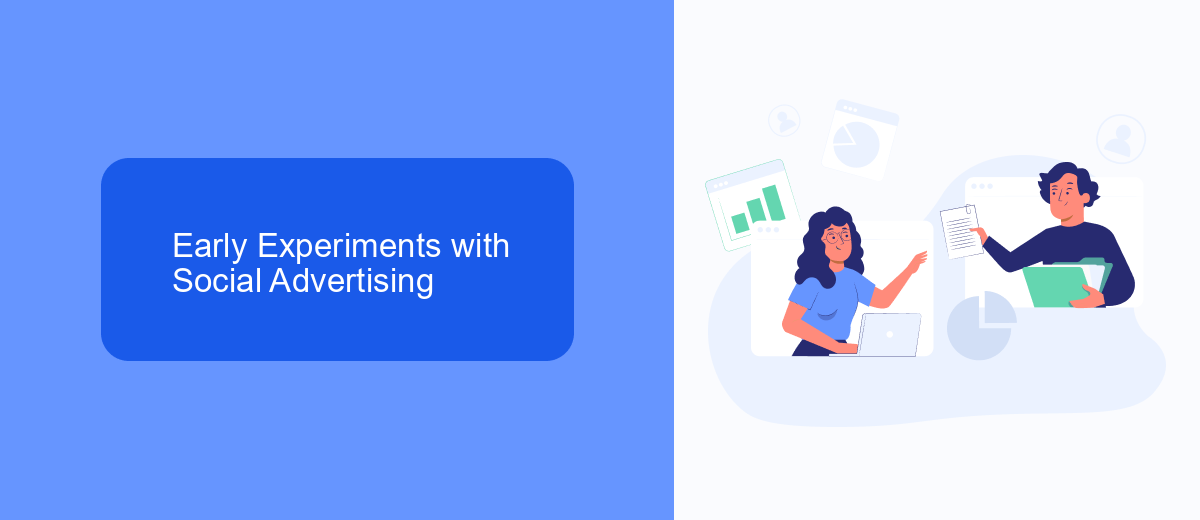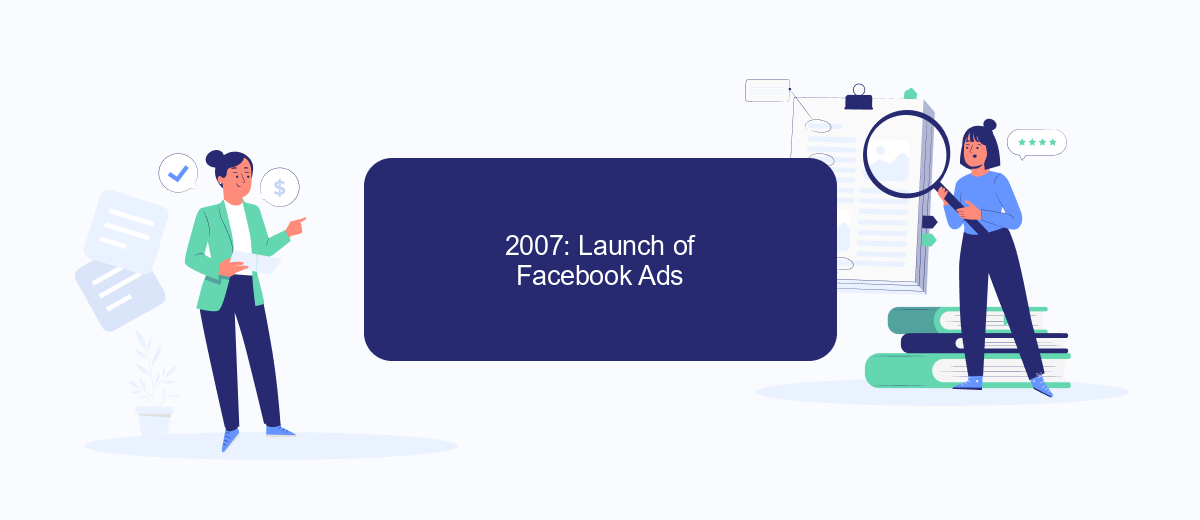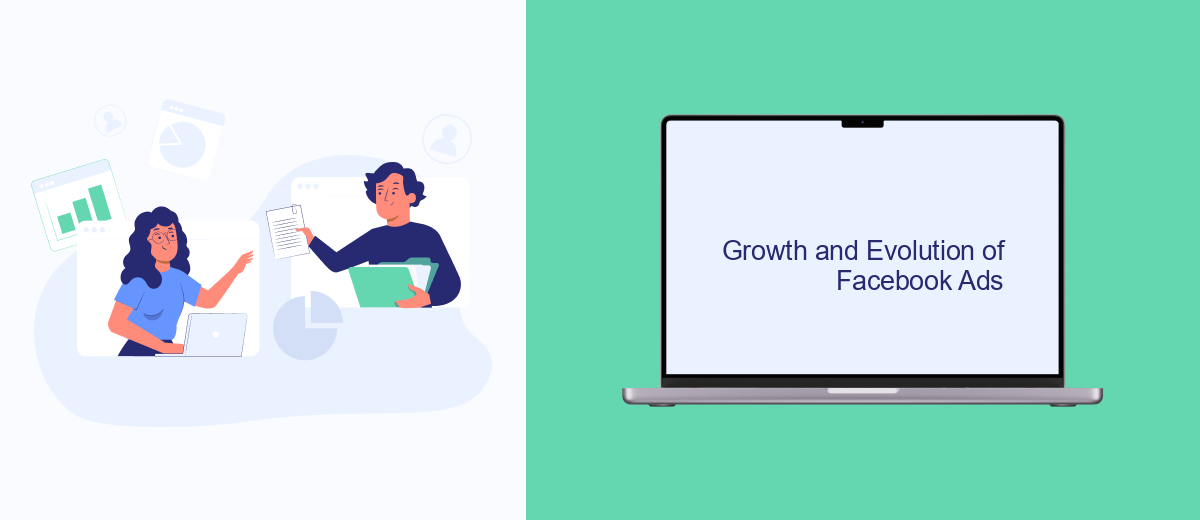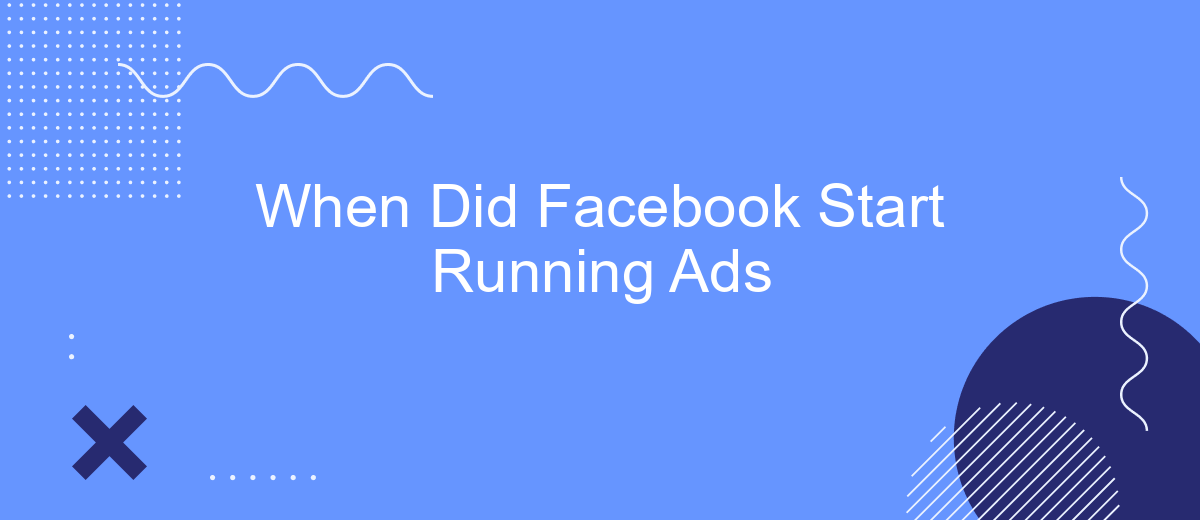Facebook, the social media giant, has transformed the way we connect and communicate. However, its evolution into a powerful advertising platform is equally remarkable. Understanding when Facebook began integrating ads into its user experience provides insight into its business model and growth. This article delves into the timeline and impact of Facebook's foray into the advertising world.
When Facebook Advertising Began
Facebook began its journey into advertising in 2007, three years after its inception. The introduction of Facebook Ads allowed businesses to reach a wider audience through targeted advertising. This move marked a significant shift in the platform's business model, transitioning from a purely social network to a powerful marketing tool.
- 2007: Launch of Facebook Ads, enabling businesses to create targeted ad campaigns.
- 2012: Introduction of mobile ads, expanding reach to users on smartphones and tablets.
- 2013: Launch of video ads, allowing for more engaging content.
- 2014: Introduction of dynamic ads, providing personalized advertising based on user behavior.
- 2020: Expansion of e-commerce features with Facebook Shops, integrating shopping experiences.
To optimize ad campaigns, businesses often use integration services like SaveMyLeads. SaveMyLeads helps automate lead generation by connecting Facebook Ads with various CRM systems, email marketing tools, and other platforms. This seamless integration ensures that businesses can efficiently manage and convert leads, maximizing the return on their advertising investment.
Early Experiments with Social Advertising

In the early days of social media, Facebook began experimenting with social advertising to explore its potential as a revenue stream. The platform's initial foray into advertising was through small-scale banner ads and sponsored content, which appeared on users' news feeds. These early experiments aimed to gauge user engagement and the effectiveness of targeted advertising. Facebook's unique advantage was its ability to leverage user data to deliver more personalized ads, setting it apart from traditional online advertising methods.
As Facebook continued to refine its advertising model, it introduced more sophisticated tools and integrations to help businesses maximize their ad performance. One such tool is SaveMyLeads, a service that simplifies the process of integrating Facebook Ads with other marketing platforms. By automating lead management and data synchronization, SaveMyLeads allows businesses to streamline their advertising efforts and improve ROI. These early experiments paved the way for the robust and highly targeted advertising ecosystem that Facebook offers today.
Launch of Facebook Ads

In 2007, Facebook made a significant move by launching Facebook Ads, marking the beginning of its journey into the world of digital advertising. This new feature allowed businesses to reach a larger audience and engage with potential customers directly on the platform. The introduction of Facebook Ads was a game-changer for marketers, offering a unique opportunity to leverage social media for advertising purposes.
- Targeted Advertising: Facebook Ads enabled advertisers to target specific demographics, interests, and behaviors, ensuring that their ads reached the most relevant audience.
- Ad Formats: The platform offered various ad formats, including image ads, video ads, and carousel ads, allowing businesses to choose the best format to convey their message.
- Analytics and Insights: Facebook Ads provided detailed analytics and insights, helping businesses track the performance of their campaigns and make data-driven decisions.
- Integration Capabilities: Services like SaveMyLeads facilitated seamless integration with Facebook Ads, automating lead generation and ensuring that businesses could efficiently manage their advertising efforts.
The launch of Facebook Ads in 2007 revolutionized the advertising landscape, providing businesses with powerful tools to connect with their target audience. Over the years, Facebook Ads has continued to evolve, offering more sophisticated targeting options, diverse ad formats, and comprehensive analytics to help businesses achieve their marketing goals.
Growth and Evolution of Facebook Ads

Facebook Ads have come a long way since their inception. Initially, the platform focused on connecting people, but as its user base grew, so did the opportunities for monetization. The introduction of ads allowed businesses to reach a wider audience, and this feature quickly became a cornerstone of Facebook's revenue model.
Over the years, Facebook Ads have evolved significantly. The platform has continuously refined its targeting capabilities, making it easier for advertisers to reach specific demographics. Additionally, the integration of advanced analytics tools has enabled businesses to measure the effectiveness of their campaigns more accurately.
- Introduction of advanced targeting options
- Integration with third-party services like SaveMyLeads
- Enhanced analytics and reporting tools
- Expansion to Instagram and other platforms
Services like SaveMyLeads have further streamlined the process of running Facebook Ads by automating lead generation and integration tasks. This allows businesses to focus on creating compelling ad content while ensuring that leads are efficiently captured and managed. As Facebook continues to innovate, the future of its advertising platform looks promising.
The Future of Facebook Advertising
The future of Facebook advertising is set to be more personalized and integrated with advanced technologies. With the increasing use of artificial intelligence and machine learning, Facebook will be able to deliver highly targeted ads to users based on their behavior, preferences, and interactions on the platform. This will not only improve the effectiveness of ad campaigns but also enhance user experience by showing them more relevant content. Additionally, augmented reality (AR) and virtual reality (VR) are expected to play a significant role in creating immersive ad experiences that capture user attention more effectively.
Moreover, the integration of Facebook ads with other services and platforms will become more seamless. Tools like SaveMyLeads will be crucial in this evolution, allowing businesses to automate and optimize their ad campaigns effortlessly. SaveMyLeads helps in setting up integrations between Facebook Ads and various CRM systems, email marketing services, and other business tools, ensuring that leads are managed efficiently and ad performance is maximized. As Facebook continues to innovate and expand its advertising capabilities, businesses will have more opportunities to reach their target audiences in creative and impactful ways.
FAQ
When did Facebook start running ads?
What was the first type of ad on Facebook?
How have Facebook ads evolved since their inception?
Can I integrate Facebook ads data with other marketing tools?
Why did Facebook start running ads?
SaveMyLeads is a simple and effective service that will help you automate routine tasks and optimize business processes. Stop wasting time uploading leads from Facebook manually – you can do it automatically, saving a lot of time and money. Eliminate routine from workflows and achieve more with minimal investment of money, effort and human resources.
